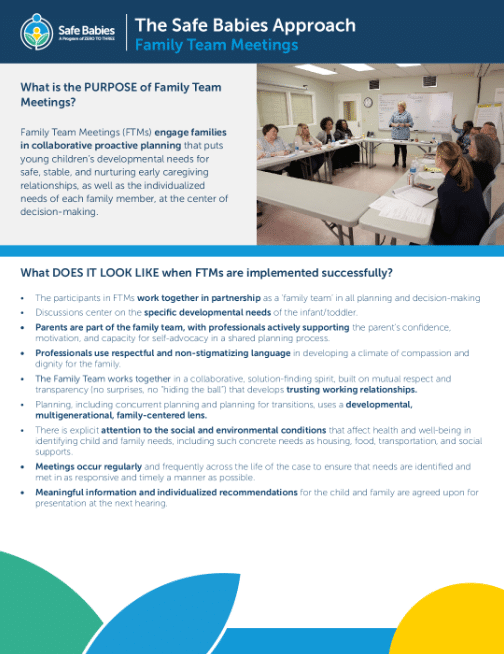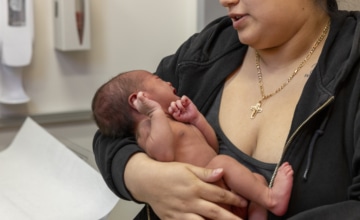
Distillation
Buzzwords Explained: Perinatal Mental Health
Because babies and toddlers grow up in the context of relationships, the mental health of their parents and caregivers is inextricably linked to a baby’s development during these critical early years.
Details

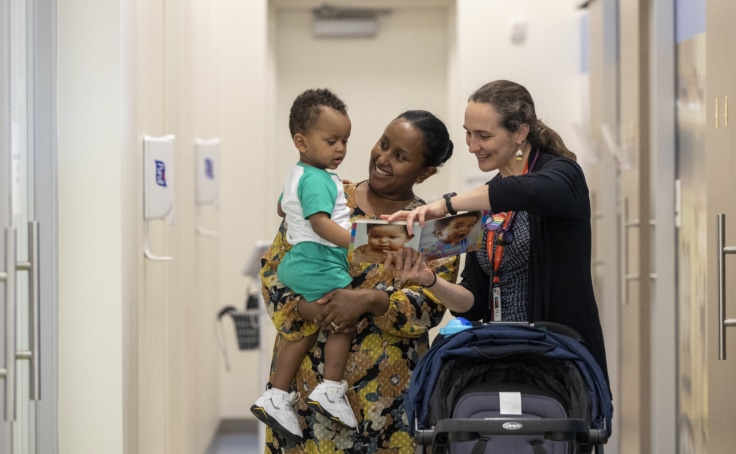

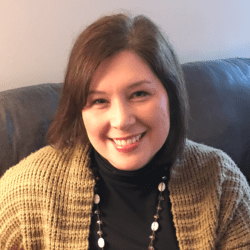

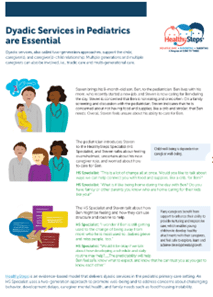
 The speech therapist observes the family interacting with their child and provides suggestions for increasing language that work within their daily routines.
The speech therapist observes the family interacting with their child and provides suggestions for increasing language that work within their daily routines.